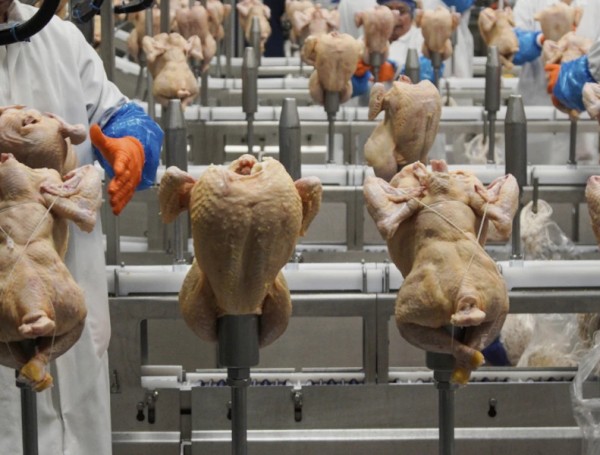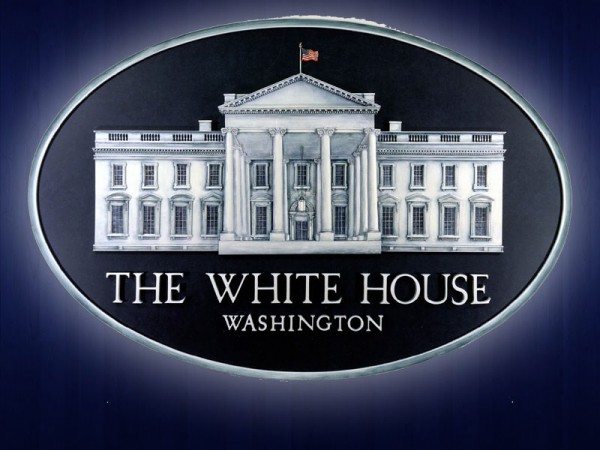WINDSOR, Calif. (AP) — The U.S. was reeling from snow and rain on Saturday with a second round of bad weather threatening to disrupt holiday travel ahead of Thanksgiving. California braced for more precipitation while still grappling with flooding and small landslides from a previous storm, and thousands in the Pacific Northwest remained without power after multiple days in the dark.
A winter storm warning in California's Sierra Nevada on Saturday was in effect through Tuesday, according to the National Weather Service's Sacramento office, with heavy snow expected at higher elevations and wind gusts potentially reaching 55 mph (88 kph). Total snowfall of roughly 4 feet (1.2 meters) was forecast, with the heaviest accumulations coming Monday and Tuesday.
Forecasters said the Midwest and Great Lakes regions will see rain and snow Monday, and the East Coast will be the most impacted on Thanksgiving and Black Friday.
A low pressure system will bring rain to the Southeast early Thursday before heading to the Northeast, where areas from Boston to New York could see rain and strong winds. Parts of northern New Hampshire, northern Maine and the Adirondacks could get snow. If the system tracks further inland, the forecast would call for less snow for the mountains and more rain.
The storm on the West Coast arrived in the Pacific Northwest earlier this week, killing two people and knocking out power to hundreds of thousands, mostly in the Seattle area, before its strong winds moved through Northern California. The system roared ashore on the West Coast on Tuesday as a “ bomb cyclone,” which occurs when a cyclone intensifies rapidly. It unleashed fierce winds that toppled trees onto roads, vehicles and homes.
Santa Rosa, California, saw its wettest three-day period on record with about 12.5 inches (32 centimeters) of rain falling by Friday evening, according to the National Weather Service in the Bay Area. On Saturday vineyards in Windsor, about 10 miles (16 kilometers) to the north, were flooded.
Dominick Conti, a 19-year-old volunteer firefighter, and a friend drove around the Santa Rosa area Friday helping people whose vehicles were swamped. With his 2006 Dodge Ram pickup truck and a set of ropes, they were able to rescue the driver of a sedan that stalled out in water, a truck stuck in a giant mudhole and a farmer stranded on a dirt road.
As of Saturday morning, some 85,000 people in the Seattle area were still without electricity after this season’s strongest atmospheric river — a long plume of moisture that forms over an ocean and flows over land. Crews worked to clear streets of downed lines, branches and other debris, while cities opened warming centers so people heading into their fourth day without power could get warm food and plug in their cellphones and other devices.
Katie Skipper’s home in North Bend, about 30 miles east of Seattle in the foothills of the Cascades, has been without power since Tuesday after howling winds rattled the roof and toppled trees onto power lines. The home was not damaged, but days of no electricity and cold showers were beginning to weigh on her.
“I have to tend a fire to keep it warm. I have to make sure the generator is running,” she said. “It's also tiring to be in the dark all the time.”
Another storm brought rain to New York and New Jersey, where rare wildfires have raged in recent weeks, and heavy snow to northeastern Pennsylvania. Parts of West Virginia were under a blizzard warning through Saturday morning, with up to 2 feet (61 centimeters) of snow and high winds making travel treacherous.
Despite the mess, the precipitation was expected to help ease drought conditions after an exceptionally dry fall.
“It’s not going to be a drought buster, but it’s definitely going to help when all this melts,” said Bryan Greenblatt, a National Weather Service meteorologist in Binghamton, New York.
Heavy snow fell in northeastern Pennsylvania, including the Pocono Mountains. Higher elevations reported up to 17 inches (43 centimeters), with lesser accumulations in valley cities like Scranton and Wilkes-Barre. Less than 80,000 customers in 10 counties lost power, and the state transportation department imposed speed restrictions on some highways.
Parts of West Virginia also experienced their first significant snowfall of the season Friday and overnight Saturday, with up to 10 inches (25.4 centimeters) in the higher elevations of the Allegheny Mountains. Some areas were under a blizzard warning.
The precipitation helped put a dent in the state’s worst drought in at least two decades. It also was a boost for West Virginia ski resorts preparing to open their slopes in the weeks ahead.
___
Rodriguez reported from San Francisco. Associated Press writers Hallie Golden in Seattle; Janie Har in San Francisco; Manuel Valdes in Issaquah, Washington; Sarah Brumfield in Washington, D.C.; Michael Rubinkam in Pennsylvania; John Raby in West Virginia; Lea Skene in Baltimore; Stefanie Dazio in Los Angeles; and Claire Rush in Portland, Oregon, contributed.

















